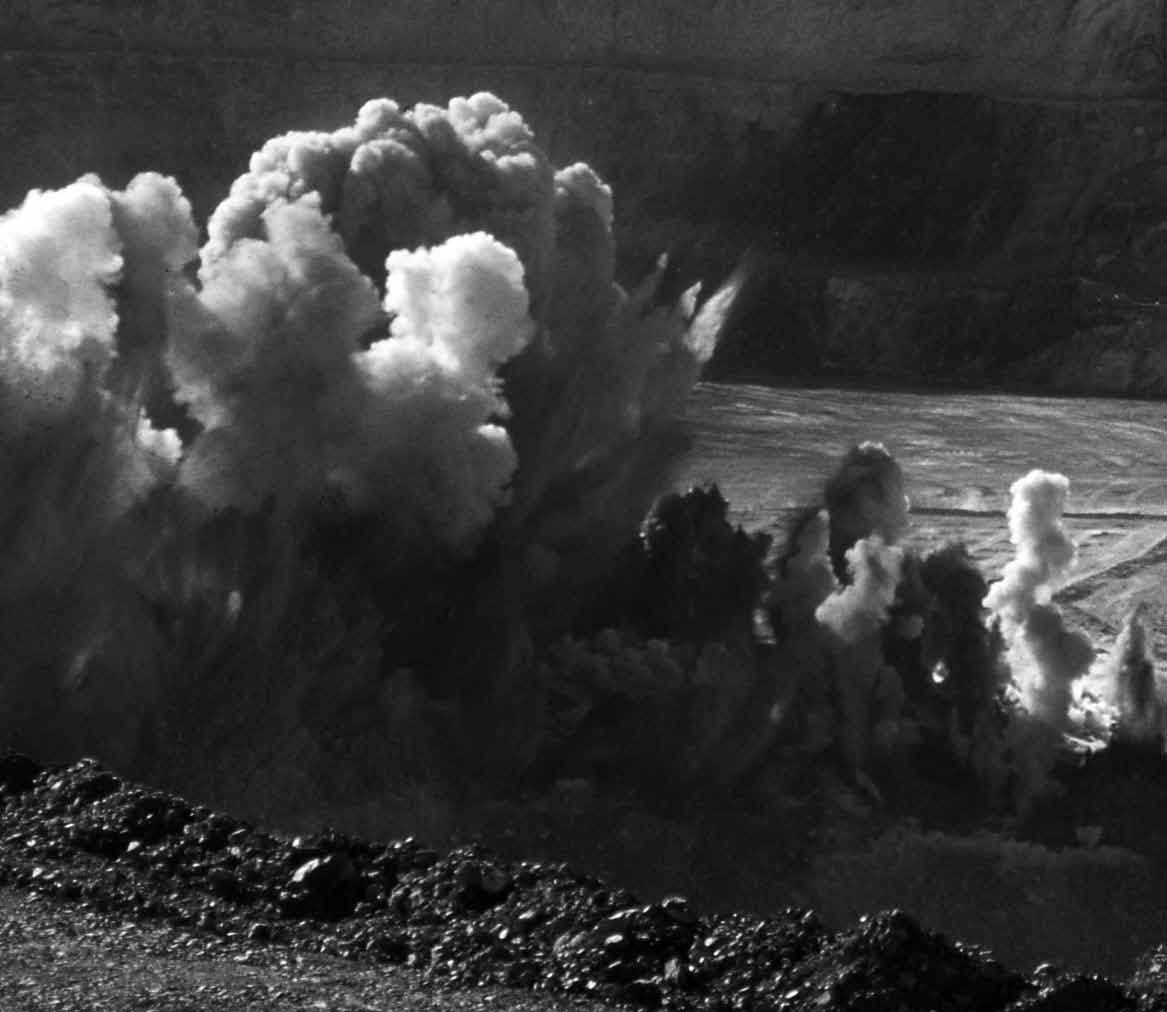- Topics
- Feature
- Opportunities & Events
- About
- Hindi Portal
- Data
- Topics
- Feature
- Opportunities & Events
- About
- Hindi Portal
- Data
Globally, the mining sector has been resilient despite the global financial crisis. In India, the industry is on a strong growth trajectory, driven by growing demand from domestic consumers and the opportunity for increased production due to a good resource base of various minerals. Global industry supply chains typically also begin with mining. Given that the per capita consumption of most metals in India is significantly below the global average, the potential demand for minerals is expected to be robust for several years to come. The economic power also is shifting toward resource ownership and margins are moving upstream in the value chain. Thus, growth opportunities for the sector are immense.
The enactment of the new Mines and Minerals Development and Regulation (MMDR) Act, is expected to facilitate the further development of the mining and exploration sector and help attract foreign flow to the industry. Some of the required focus areas for mining industry in the present global competitive environment are new financial strategies, aggressive exploration development programs, investment-friendly policies and regulatory framework, value addition of minerals and the use of productivity enhancing techniques are.
Apart from several specific recommendations dealt with in respective chapters, this report makes certain recommendations that could potentially accelerate investment in mining, thus achieving growth and sustainability and benefits for all concerned stakeholders -
 mining and metals industry. Managements have to play a key role in adopting sustainable practices for their operations and integrate sustainability into the overall business strategies.
mining and metals industry. Managements have to play a key role in adopting sustainable practices for their operations and integrate sustainability into the overall business strategies. needs to promote mining services in the region. Global mine operators are increasingly seeking the assistance of consultants to manage their projects. Indian mining companies can also adopt such practices and obtain increased access to knowledge to become competitive in the global industry.
needs to promote mining services in the region. Global mine operators are increasingly seeking the assistance of consultants to manage their projects. Indian mining companies can also adopt such practices and obtain increased access to knowledge to become competitive in the global industry.Download the report here -